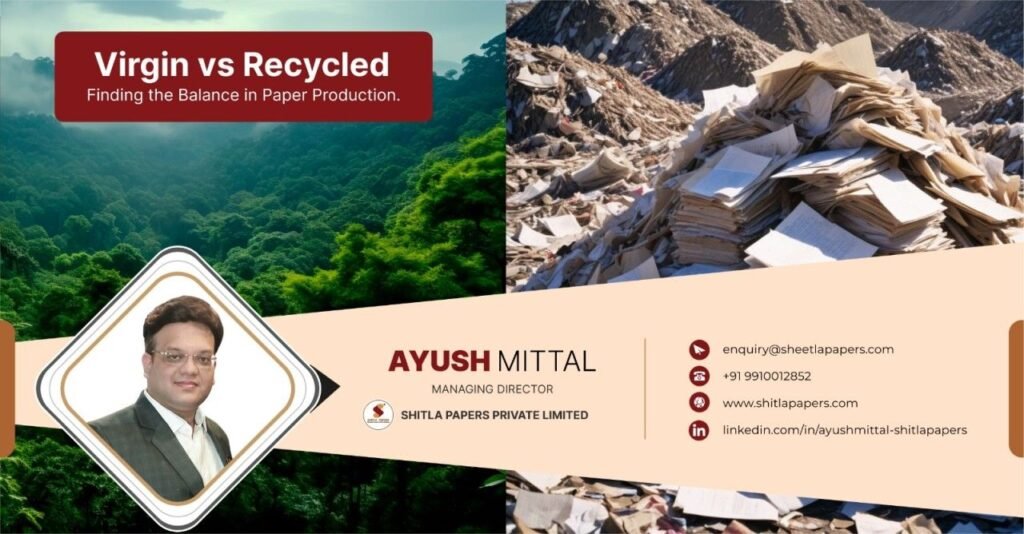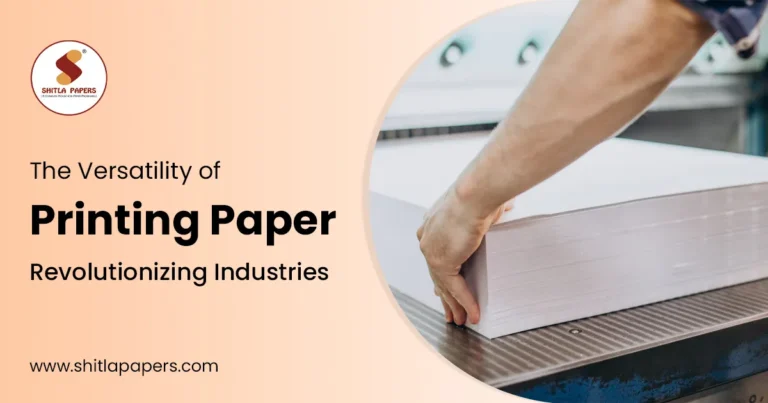In today’s eco-conscious world, maximizing the use of recycled paper is highly commendable. However, relying exclusively on recycled fibers presents some underlying challenges.
Table of Contents
Fact
While recycled paper is a great choice due to its environmental advantages, using only recycled paper isn’t always the most sustainable approach for the paper industry. Here’s why:
- Maintaining the Paper Cycle: Recycled paper fibers gradually degrade with each reuse. To sustain the recycling process, the paper industry needs a regular infusion of virgin wood fibers.
- Sustainable Forestry Practices: Responsible forestry ensures that virgin wood pulp is sourced from sustainably managed forests, minimizing environmental harm.
- Meeting Paper Requirements: Different types of paper require specific fiber properties. Virgin pulp provides the strength and qualities needed for certain specialized papers.
The Key: Finding the Right Balance
The optimal approach is to strike a balance between using recycled and virgin paper fibers, which maximizes resource efficiency while minimizing environmental impact. Here are some considerations:
- Prioritize Recycled Paper: When possible, choose recycled paper products. This reduces dependence on virgin resources and supports a circular economy.
- Look for Certifications: Select recycled paper with certifications like Forest Stewardship Council® (FSC®-C192439) or SFI (Sustainable Forestry Initiative) to ensure responsible sourcing of both recycled and virgin fibers.
- Reduce Overall Paper Use: Regardless of the type, reducing overall paper consumption through digital alternatives and responsible printing practices is essential.





